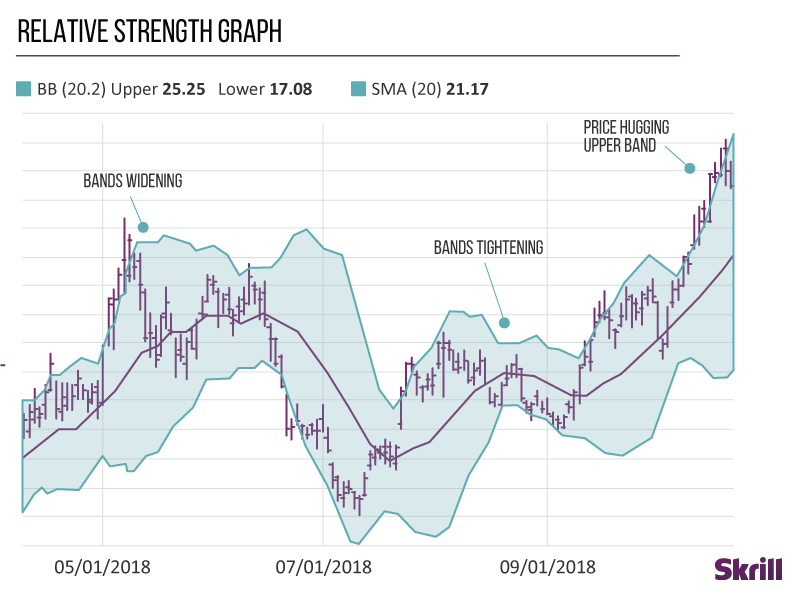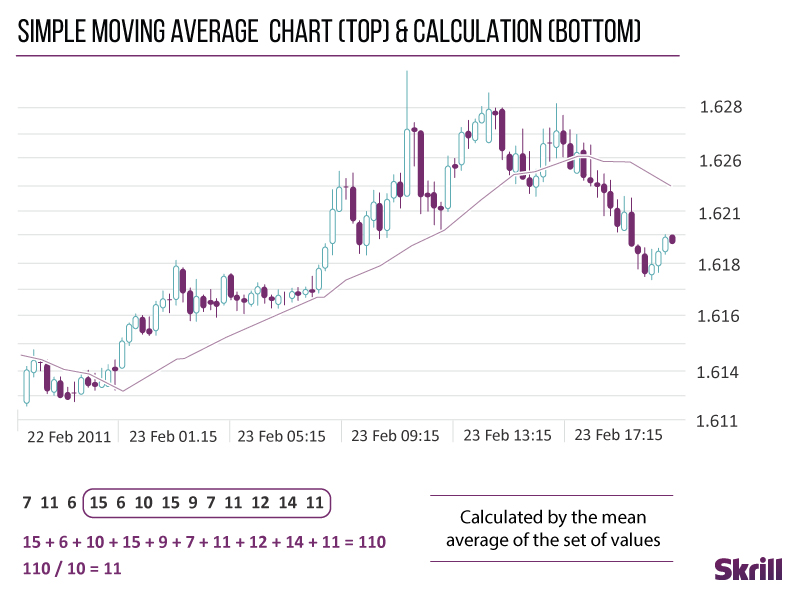I agree, But I would suggest trading using both analyses to be more sure about the trade.Trading forex seems very simple, but in practice is more complicated, especially when face with emotion due to lossing trades, however, such emotion may not occur on demo account but will be involved in the real trading account, lack experienced trader they can use a demo account for free trading without any risk.
-
Attention Forex Brokers, FX Companies & Hedge Funds.
forum.forex is available for Acquisition
Enquire
You are using an out of date browser. It may not display this or other websites correctly.
You should upgrade or use an alternative browser.
You should upgrade or use an alternative browser.
Forex Trading: 7 easy forex trading strategies.
- Thread starter Jason
- Start date
Polakandil
Well-known member
Forex business, there are so many various trading strategies developed among traders, sometimes we may find the strange trading name, like as monkey pips, nitro scalping, etc, all trading strategies developed with purposes to make money in forex, but should to understand if no perfect strategy exists, forex trading needs the patience to treat as long term.
WalletInvestor
Well-known member
I like trend following trading strategies as well, as you say those are usually the easiest to grasp so it's a good idea for newcomers to try, too. I find support&resistance trading to be the most straightforward for myself.Quite an informative piece, personally, I mostly employ trend trading with relative strength indicators and moving averages as it is easy to comprehend and aids in identifying the direction of the market momentum.
Polakandil
Well-known member
Support resistance trading strategy indeed as basic trading strategy, but since then such trading strategy still works and used many traders around the world, but how to determine support and resistance zone may different each other, using moving average provide dynamic support resistance, but using pivot point use certain formula, trader sometimes use Fibonacci level to figured support and resistance zone level.
Kristine Christensen
Member
I agree with your point. There is no 100% perfect strategy and traders should choose their trading strategies wisely that also complements their trading style.Technical analysis is simpler than fundamental, usually, trader short term will use more technical analysis, but also pay attention to the news, just want to avoid when the news probably give impact to the market, because technical analysis is directly facing to the market, many beginners trades with technical analysis than fundamental analysis.
Polakandil
Well-known member
Yes, there is a various trading style in forex trading, but we need to choose the one that suits us, because not always when trader uses good strategy according to another trader but because not suits our soul, hence only make uncomfortable in trading, and this may impact to trading result.I agree with your point. There is no 100% perfect strategy and traders should choose their trading strategies wisely that also complements their trading style.
jeanpatterson
Active member
I believe that it's best to keep changing your strategies over time so that they are aligned with the current market situation and your goals. Also, that there is no strategy that works accurately all the time, it's best to have a good risk management strategy. This will help you deal with your losses gracefully without really affecting your trading account.
Paulsy
Well-known member
I think you've missed mentioning CopyTrading, as many beginners (including me) have started using it as an excellent entry point for forex trading. Copy-trading also can be a huge opportunity to benefit from the experience of top traders and learn how to trade on your own.
quidsworth
Active member
Breakout strategy works fine for me. I have struggled to find the breakouts in the past. But after constant practice, they seem to be easy now. The strategy works the best when I am looking for a new trend.
Really helpful post for those who are still deciding which trading strategy to opt for. They can learn about the strategies and then relate and pick one according to their personality.Forex Trading - a few simple forex trading techniques... for beginners
1. Breakout trading
Forex Trading. Breakout trading is one of the simplest forex trading styles, making it a good choice for beginners. Before we look at how it works, let's define the term "breakout".
Put simply, a "breakout" is any price movement outside a defined support or resistance area. Breakouts can occur when prices increase above resistance areas, known as "bullish" breakout patterns. They can also happen when prices decrease below support areas, known as "bearish" breakout patterns.
The reason breakout trading is an important strategy is because breakouts often represent the start of increased market volatility. By waiting for a break in a price level, we can use volatility to our advantage by joining a new trend as it begins.
With breakout trades, the goal is to enter the market when the price makes a breakout move and then continue to ride the trade until volatility dies down.
But when, exactly, should you enter the market?
Some forex pros advise diving in the moment a support or resistance level is breached. Others suggest waiting just long enough to ensure that the breakout does in fact signal a true up or downtrend.
When placing your stop loss, place it just above or below the breakout candle, at a minimum. This will help tie your bets to previous support or resistance levels.
2. Moving average crossover
Moving average (MA) is a simple technical analysis tool that smooths out price data by creating a constantly updated average price. That average can be taken over different periods of time – anything from 20 minutes, to three days, to 30 weeks or any other time period a trader chooses.
Moving average strategies are very popular and can be tailored to any time frame, suiting both long-term investors and short-term traders.
A common reason to create a moving average is to identify trend direction, as well as determining support and resistance levels.
When asset prices cross over their moving averages, it often generates a trading signal for technical traders. For example, a trader might sell when a price bounces off or crosses the MA from above – in order to close below the moving average.
Simple price crossoversPrice crossovers are one of the main moving average trading strategies. A simple price crossover happens when a price crosses above or below a moving average, signaling a potential change in trend.
Using two moving averagesOther trading techniques use two moving averages: one longer and one shorter. When the shorter-term MA crosses above the longer-term MA, it's a buy signal, as it indicates that the trend is shifting up. This is known as a "golden cross."
On the other hand, when the shorter-term MA crosses below the longer-term MA, it's a sell signal, as it indicates that the trend is shifting down. This is known as a "dead cross" or "death cross."
3. Carry trade
Carry trade is a type of forex trading whereby traders look to profit by taking advantage of interest rate differentials between countries. It is important to note that while popular, it can, however, be risky.
This strategy works because currencies bought and held overnight will pay a trader the interbank interest rate (of the country of which the currency was bought). A trader executing carry trade "borrows from" a low interest rate currency to fund the purchase of a currency that provides a higher rate.
A trader using this strategy wants to profit from the difference between the rates, which can be substantial depending on the amount of leverage used.
Carry trade is one of the most popular trading strategies in the forex market, but this trading style can be risky; these trades are often highly leveraged and can be overcrowded.
Common trading pairs include Australian dollar/Japanese yen and New Zealand dollar/Japanese yen because the interest rate spreads of these currency pairs are very high.
If you're interested in the maths, the daily interest from a carry trade can be calculated as follows: Daily interest = [IR (long currency) – IR (short currency)]/ 365 x notional value.
4. Fundamental analysis
In fundamental analysis, traders look at a country's economic fundamentals to try to understand whether a currency is undervalued or overvalued. They also use the information to try to get a view on how its value is likely to move relative to another currency in future.
Fundamental analysis can be complex, involving the many elements of a country's economic data that can indicate future trade and investment trends. It can be simplified by concentrating on a few major indicators.
Some of the most important factors that can affect a country's economy – and its currency – include: retail sales, GDP, industrial production, CPI, inflation, purchasing managers index data, housing data and more.
5. Trend trading
Trend trading is another popular and common forex trading strategy. It's also easy for beginners to understand and follow.
The technique involves identifying an upward or downward trend in a currency price movement and then choosing trade entry and exit points. These points are based on the positioning of the currency's price within the trend, as well as the trend's relative strength.
Trend traders use many different tools to evaluate trends, such as moving averages, relative strength indicators, volume measurements, directional indices and stochastics.

6. Range trading
Range trading is a simple and popular strategy based on the idea that prices often hold within a steady and predictable range for a given period of time. It's most effective in markets with stable and predictable economies, and currencies that aren't often subject to surprise news events.
Range traders rely on being able to frequently buy and sell at predictable highs and lows of resistance and support, sometimes repeatedly over one or more trading sessions.
Range traders may use some of the same tools as trend traders to identify opportune trade entry and exit levels, including the relative strength index, the commodity channel index and stochastics.
7. Momentum trading
Momentum trading and momentum indicators are based on the idea that strong price movements in a particular direction are a good sign that a price trend will continue in that direction for some time.
Similarly, weakening movements indicate that a trend has lost strength and could be headed for a reversal.
Momentum strategies may take into account both price and volume, and often use visual analysis tools like oscillators and candlestick charts.
View attachment 414
#forexforum #forextradingforum #forexsignalforum #currencytradingtips #forextradingtips #fxforum #Topforexforum #bestforexforum #fxtrading #forumforex #currencytradingforum #currencytradersforum #forextrading #currencytrading #forumdotforex #forexnews #howtomakemoneytradingforex
Agree! Strategies are a small edge in the market. And they stop working because they do not fit the current market situation. Your strategies need to be flexible, so you can trade in different market scenarios.I believe that it's best to keep changing your strategies over time so that they are aligned with the current market situation and your goals. Also, that there is no strategy that works accurately all the time, it's best to have a good risk management strategy. This will help you deal with your losses gracefully without really affecting your trading account.
MarnieLarge
Active member
That’s right! Fundamental analysis is indeed important to predict the movement of a certain currency. Fundamental analysis includes determining political, social, and economic events of a particular country and their impact on its currency. Technical analysis also tends to work better if the trader has a stronghold over the fundamental analysis.I think fundamental analysis works great in most trading situations as you get to know about the overall scenario of the market and whether an asset is worth taking risks with or not. Along with that, you can also make use of technical analysis to decide how you wish to react to the information you obtained through fundamental analysis.
Hippomobile
Active member
Perfectly written! I couldn’t have phrased it better. You wrote this very well. My personal favourite for beginners is copy trading.
Similar threads
- Replies
- 2
- Views
- 752
- Replies
- 0
- Views
- 77
- Replies
- 0
- Views
- 155
- Replies
- 5
- Views
- 213


